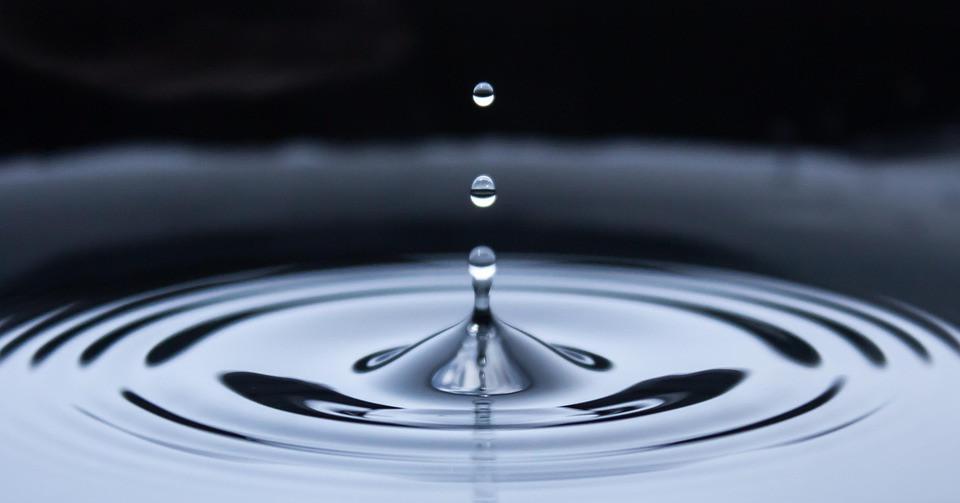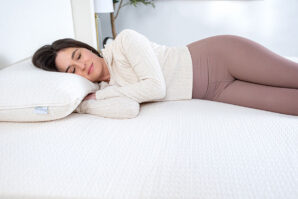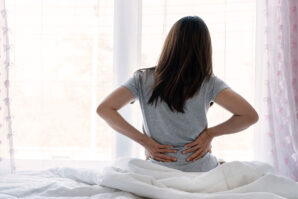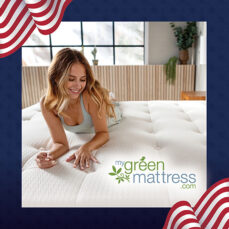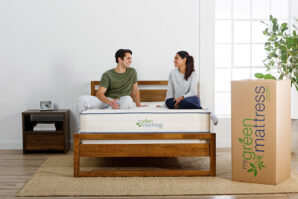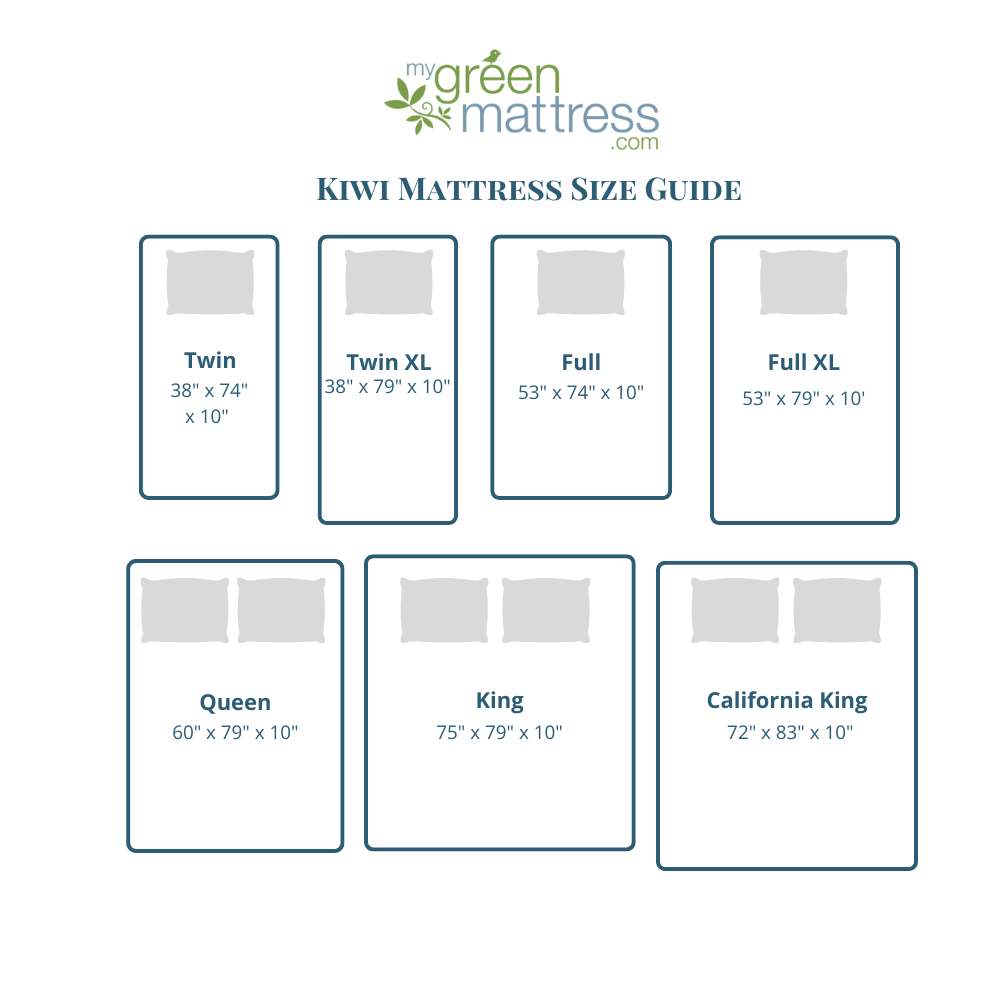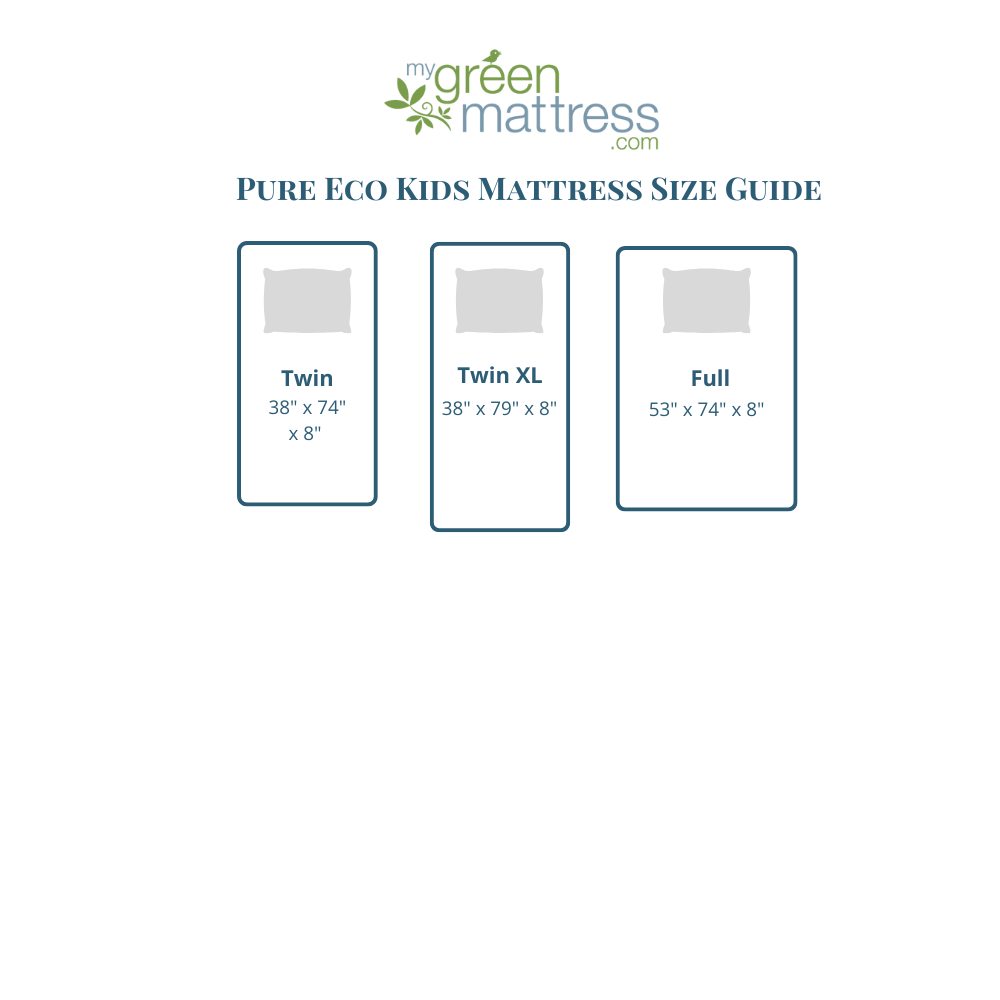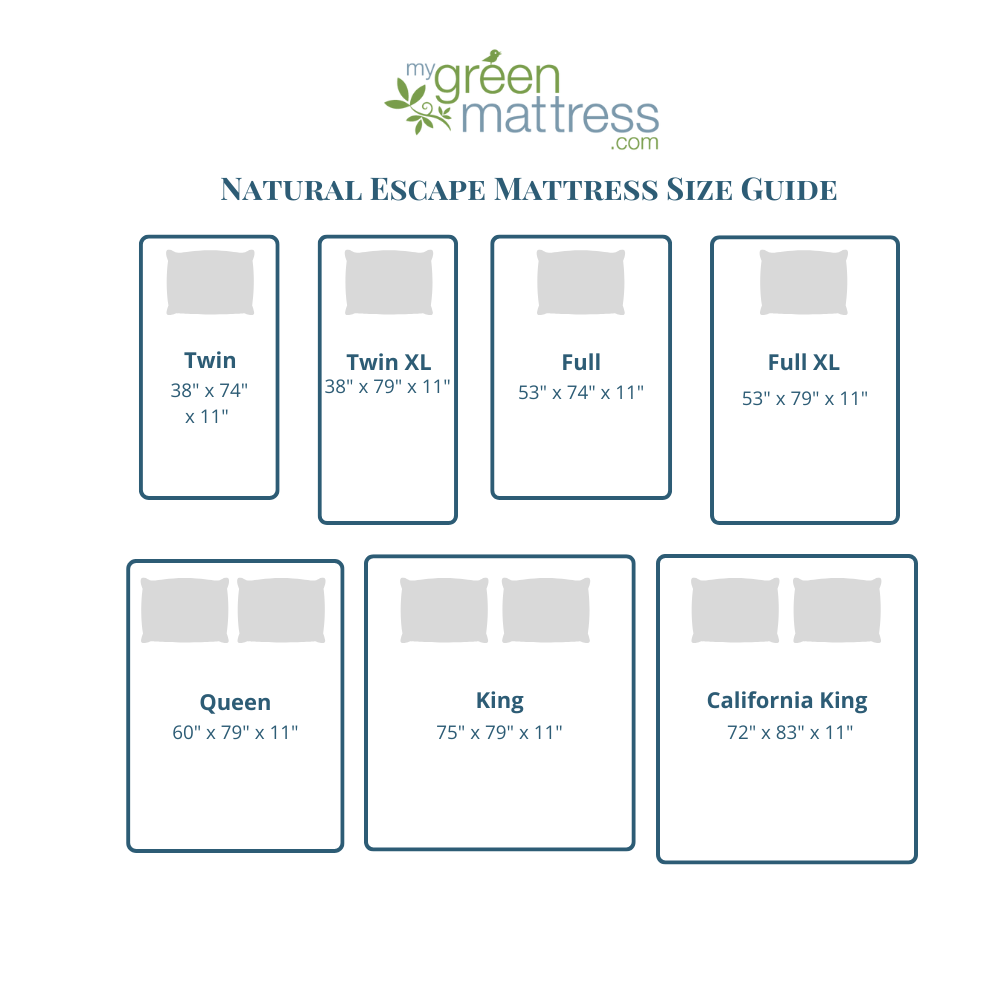Water is a huge part of our lives. Think about it: we swim, boat, sail, surf, paddle board, and play in it. Sometimes some of us even dance in it. Almost three quarters of the earth’s surface is covered by water. As humans, we drink water to replenish ourselves each day, as up to 60% of an adult body is made up of water.
As important as water is to our very existence, it is constantly being polluted. From lead, to nitrogen compounds from fertilizers, to sewage and a wide range of chemicals and pathogens, our water supply is in constant jeopardy.
This past month, 39 Long Island water districts were found to contain high levels of the carcinogen 1,4 dioxane. Long Island isn’t the only place. It’s being found in water throughout our country.
What most people don’t realize is that this is something totally avoidable and that much of the blame falls on us. It’s important to use clean household products to support clean water.
Where 1,4 Dioxane Comes From
According to the report, “dioxane gets into the water through products that contain them, including laundry detergent, soap, shampoo, and body wash. Up to 46 percent of personal care products contain the chemical, which is not added into consumer goods for any reason, but rather is an unwanted byproduct of ethoxylation — a process used to reduce the risk of skin irritation caused by petroleum-based ingredients. Once in the groundwater and soil, the report stated, it is very hard to remove.”
It is also used in many other products including paint strippers, dyes, greases, varnishes and waxes. 1,4-Dioxane is also found as an impurity in antifreeze and pesticides.
At My Green Mattress, it’s important to us that we use materials that are sourced safely, using processing that doesn’t add to the pollution of our water supply. We also take our concern to our home lives, conscious of the products that we use with our families.
How You Can Help
One way to avoid being part of the problem is to not use products that contain the following ingredients, as they occur as an unintentional byproduct: PEG, polyethylene, polyethylene glycol, polyoxyethylene, -eth and –oxynol.
By avoiding products with toxic ingredients, you send a message to the companies making them. We suggest using products that list only ingredients that you can actually recognize. This way, you’ll know exactly what is going in your body and eventually into our water supply.


